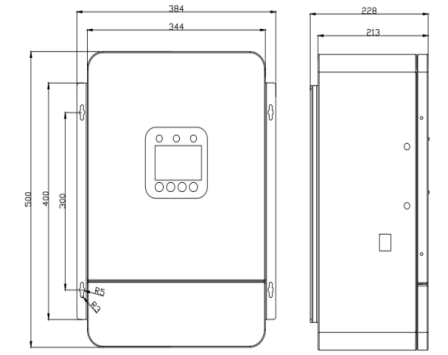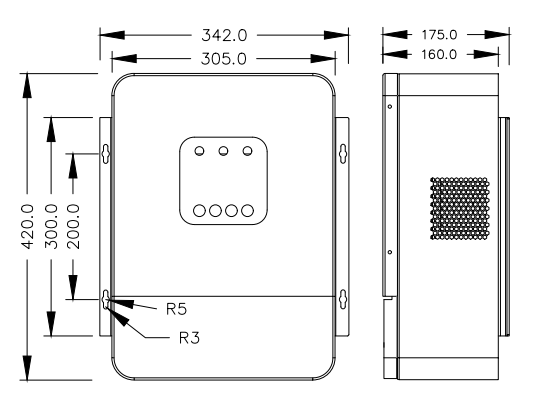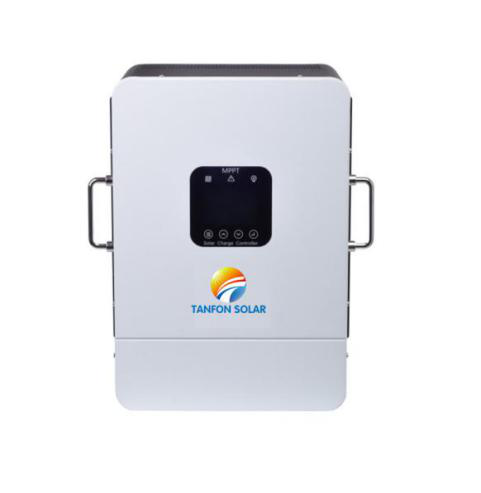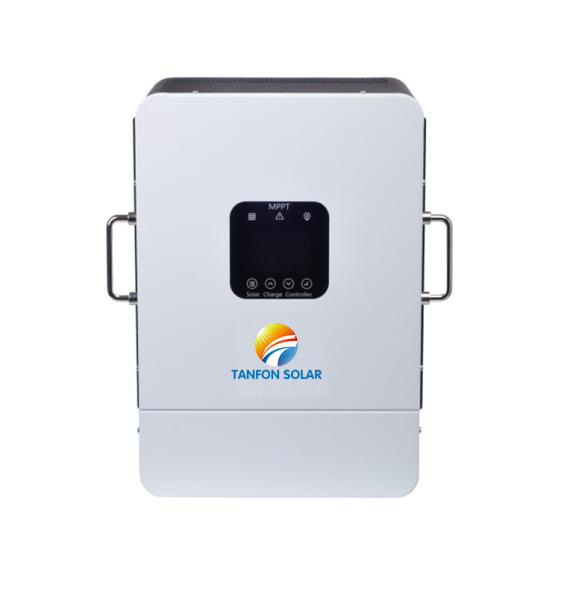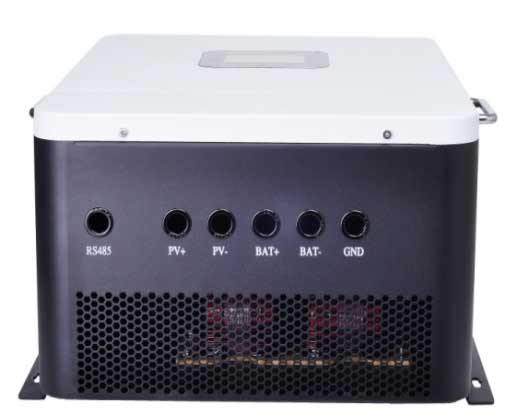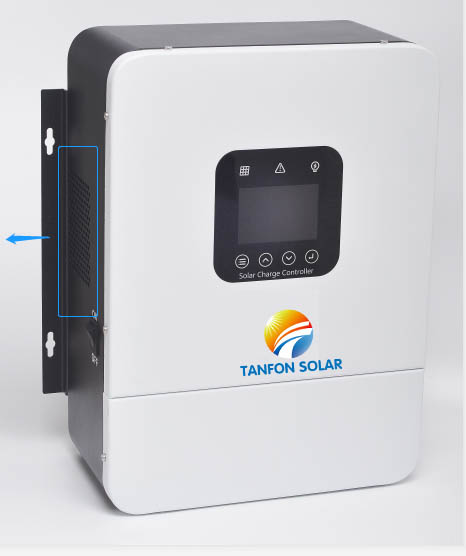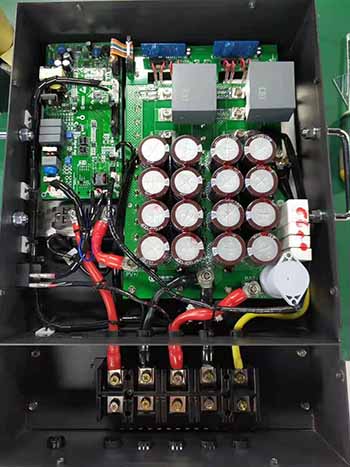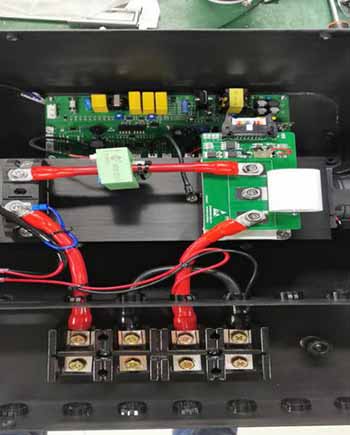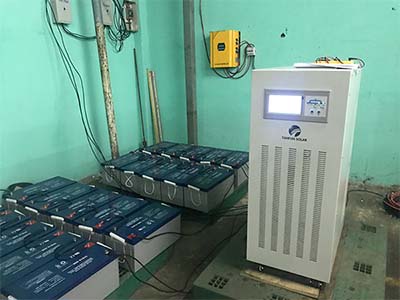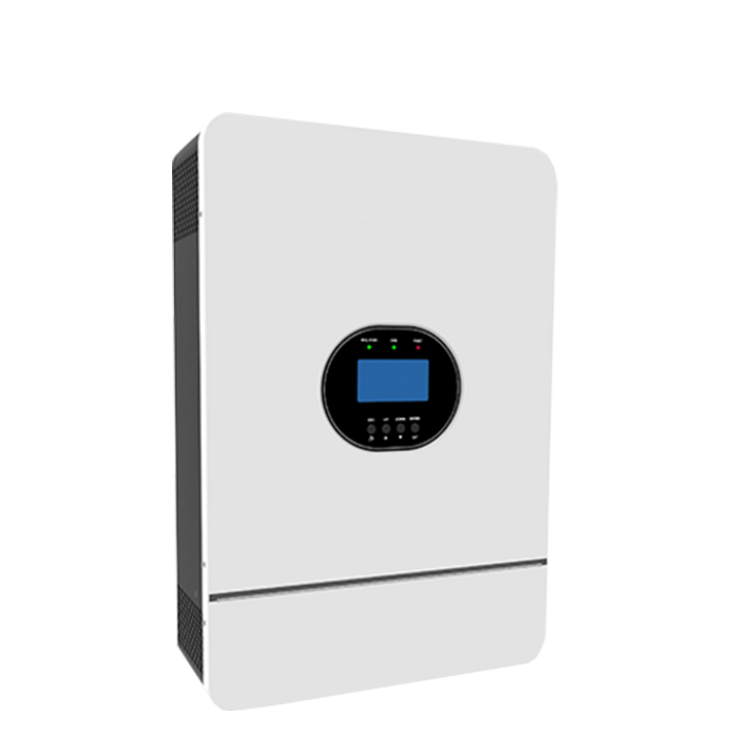 TANFON SOLAR
TANFON SOLAR
 January 28,2021
January 28,2021
Why do more and more people consider using MPPT Solar charge controllers to replace PWM Solar charge controllers, even though the cost of MPPT Solar charge controllers are high?
Because the charging efficiency of Solar charge controllers is as high as 99.9%, it can fully use the solar panel to charge the battery without causing waste of the solar system; while the charging efficiency of the PWM controller can only reach 80%.
In addition, the photovoltaic input voltage range of the Solar charge controllers is relatively wide. As long as the voltage is within the range, you can increase or decrease the number of series solar panels at will; while the PWM is fixed.
|
The difference between MPPT Solar charge controllers and PWM solar charge controller for high voltage controller above 192V |
||
|
Type |
MPPT Solar charge controllers |
PWM Solar charge controller |
|
Charge efficiency |
99.9% |
80% |
|
External structure |
MPPT Solar charge controller is more sturdy, and the case is about 5cm thicker than PWM Solar charge controller |
|
|
|
|
|
|
MPPT Solar charge controller is with handle for easy installation |
||
|
|
|
|
|
External structure |
The MPPT Solar charge controller contains large capacitors, inductors and IGBT modules, which require a large area of heat dissipation. Therefore, the heat dissipation of the MPPT controller is designed to dissipate heat through the bottom. In the PWM controller, there are only IGBT modules, without large capacitors and inductors. So the side heat dissipation method is adopted. |
|
|
|
|
|
|
Internal structure |
The MPPT Solar charge controller contains large capacitors and inductors, but PWM does not. (Note: There must be large capacitors and inductors inside the MPPT Solar charge controller. Otherwise, it is a PWM Solar charge controller) |
|
|
|
|
|
MPPT Solar charge controllers
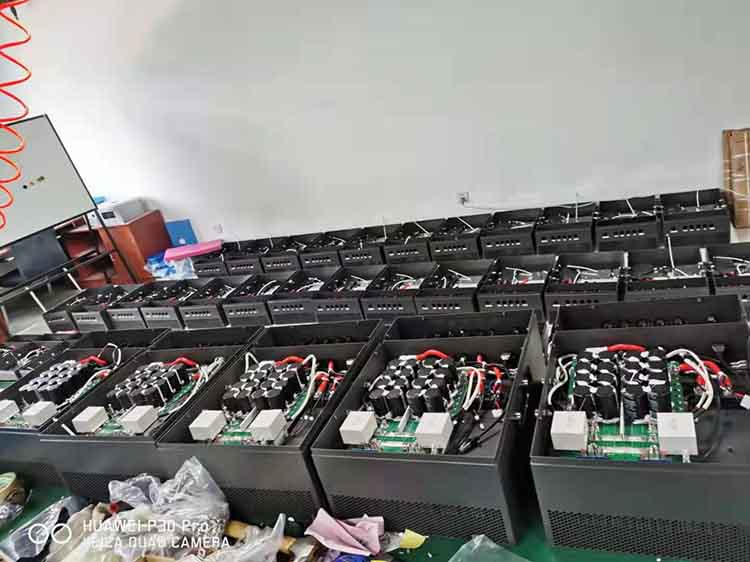
TANFON solar controller products:

